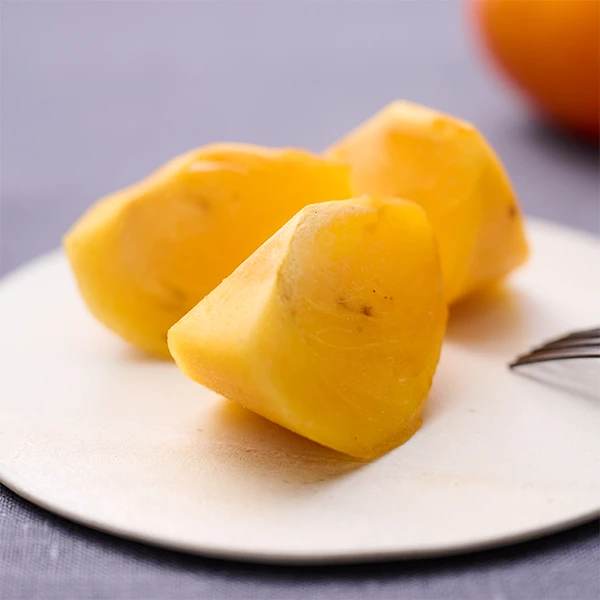
Official Instagram
We're sharing the secrets of what makes Japanese fruits so irresistibly delicious!
HELLOKITTY© 2025 SANRIO CO., LTD. APPROVAL NO. L661722
Our fruits, which farmers have grown with great passion as if they were their own children, will bring delicious smiles to your face and those of your loved ones. Japanese fruits of excellent quality and unapparelled safety are filled with love and foster happiness in those who eat them.

Secrets Of
Smile-guaranteed
Quality

Persimmons
Find out the secrets of the rich, ripe sweetness and
various textures of Japanese persimmons!
Why are there
hard and soft persimmons?
That’s because persimmons come in many types!
Some people like them hard and chewy, while others prefer them soft and gooey.
Soft persimmon are extra ripe and sweet. Which do you like better?
Trying both can be a fun way to find your favorite—and bring a big smile to your face!

Why are there
seedless persimmons?
That’s because seedless persimmons are created using a special method called grafting.
Farmers take branches from trees that produce seedless persimmons and attach them to other trees.
This clever technique helps produce more seedless persimmon, making them easier to eat and giving you a big happy smile on your face!

Why do we
dry persimmons?
That’s because when they're dried, they become super-sweet!
Some persimmons have a very bitter taste and are hard to eat when fresh.
This smart trick was learnt a long time ago, when sweet treats were rare.
Dried persimmons have a yummy flavor that many people outside of Japan don't know about yet. Try one—it might surprise you with its sweetness and make you smile!

-

- Japan has four seasons and an abundance of nature. A wide variety of fruit and vegetables are grown each season thanks to clean, fresh water and the passion of dedicated farmers. This site will reveal the secrets to Japan’s delicious fruit and why it brings smiles to everyone. Enjoy Japanese fruit and vegetables with your family and loved ones!
-
- This "Japan-grown Fruit" label is a branding label issued by the Ministry of Agriculture, Forestry and Fisheries. It is used only for Japan-grown fruit and vegetables meeting the strictest of quality standards.
See Other
Japanese Fruits








![[object Object]](/promotion/assets/images/common/nav/img_nav_peach.webp)
![[object Object]](/promotion/assets/images/common/nav/img_nav_grape.webp)
![[object Object]](/promotion/assets/images/common/nav/img_nav_apple.webp)
![[object Object]](/promotion/assets/images/common/nav/img_nav_strawberry.webp)
![[object Object]](/promotion/assets/images/common/nav/img_nav_persimmon.webp)
![[object Object]](/promotion/assets/images/common/nav/img_nav_sweetpotato.webp)
![[object Object]](/promotion/assets/images/common/nav/img_nav_citrus.webp)
![[object Object]](/promotion/assets/images/common/nav/img_nav_pear.webp)